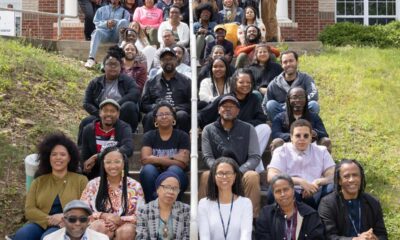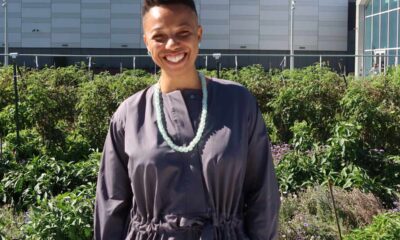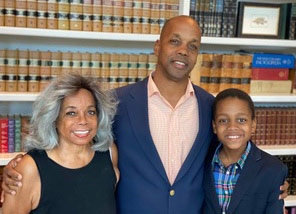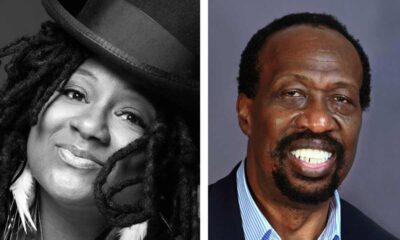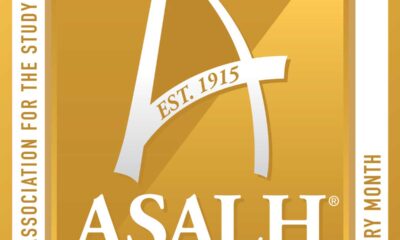Education
Yvonne Rubie: From Huggy Bean Dolls to Expert in Holistic Nutrition
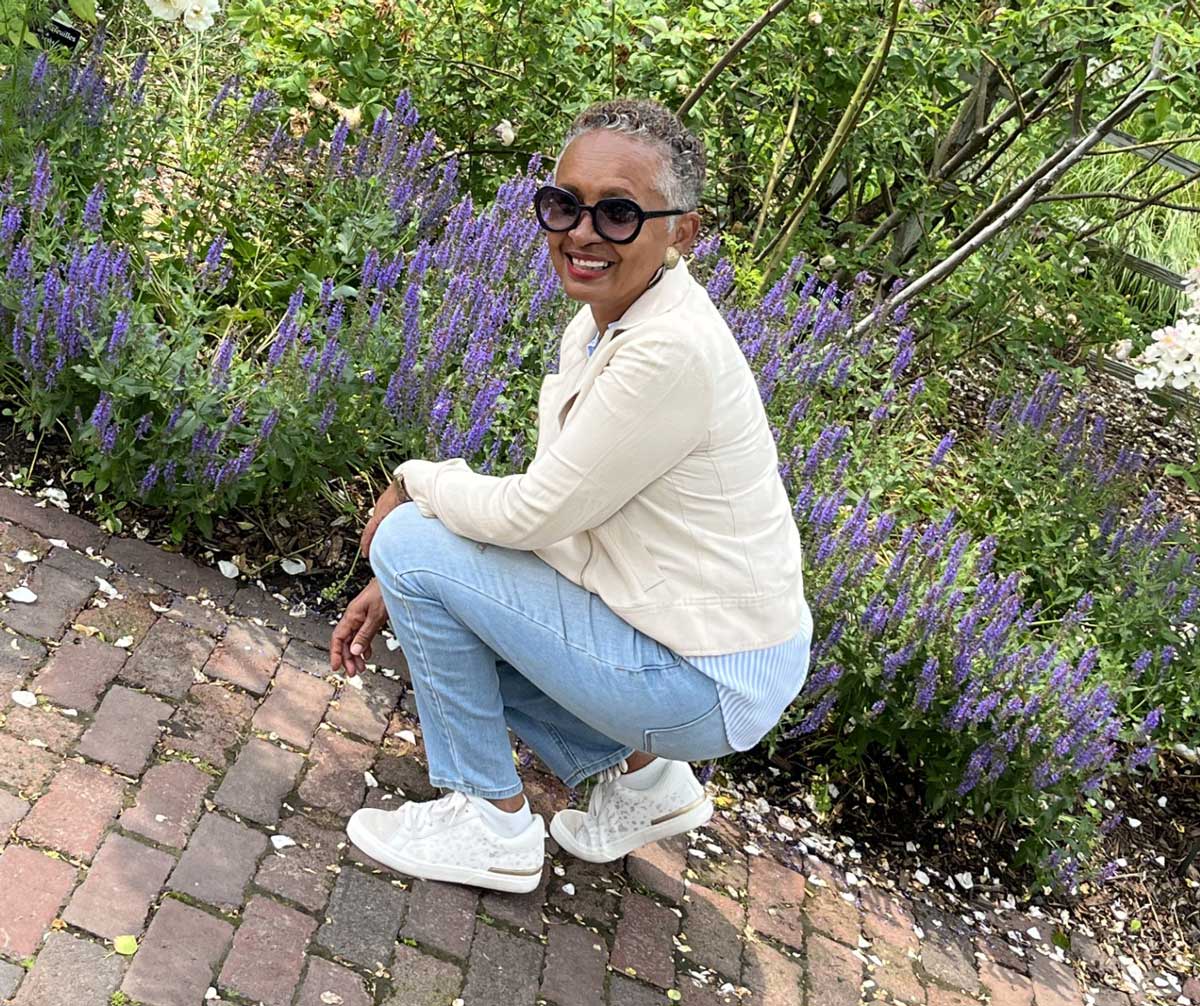
Fern Gillespie
Having a holistic, positive outreach to Black communities has always been the personal and professional philosophy of Brooklyn resident Yvonne Rubie. During the 1980s and 1990s, she was nationally known as the creator of the popular Huggy Bean doll, which promoted a positive self-image to Black children through dolls, playthings and books.
For the last 20 years, Jamaican-born Rubie, who holds a Master’s in Public Health from Hunter College, has specialized as a certified health education specialist. At Rev. Daughtry’s House of the Lord Church, she volunteers as the longtime head of the Health Ministry that meets monthly with the congregation. In 2009, her healthcare advocacy earned Rubie an invitation to meet with President Obama at the White House for the first Healthcare Summit of his presidency.
Her work as a healthcare advocate and race walker was also spotlighted on the PBS series “America’s Walker.” A cancer survivor, she has been a vegan since 1995 and is a Cornell University Certified Plant-Based Nutrition Specialist. Vegan diets are growing in popularity in Black communities. According to the Pew Research Center, 8 percent of Black Americans are strict vegans or vegetarians compared to 3 percent of the general population.
The Gallup Poll discovered that 31 percent of non-white Americans had reduced their meat consumption compared to only 19 percent of White Americans. As the founder of You are Highly Valued, she conducts health education workshops with individuals, companies and community groups. Our Time Press spoke with Yvonne Rubie about the value of vegan and vegetarian diets.
OTP: What are some of the reasons that eating vegan and vegetarian is growing in popularity in the Black community?
YR: “One of the key principles of being a vegan is not to have anything that is animal-based. There are people who may eat plant-based and want to be healthier. And, they are happy that they are not hurting the animals and want to be improving their health. It’s not mutually exclusive.
There are also people who have fallen ill with diabetes or high blood pressure or are overweight and are trying to figure out another way to help. I think people are making a conscious effort to make a change. Do I want to be healthier? What is eating doing to my body?”
OTP: What is the difference between vegan and vegetarian?
YR: “A vegetarian can be a lacto-ovo vegetarian. That means you’re not having milk and you’re not having eggs, but you’re having fish. There are a lot of variations. But being a vegan is very specific. You’re not eating any flesh.”
OTP: Are all prepackaged vegan and plant-based foods healthy to eat?
YR: “Anything that’s packaged should really be looked at properly– especially foods that are packaged and that can last on the shelf for more than five days. Most foods are on the shelf for over a year. There are common factors within packaged foods. You want to look at how much sodium is in there.
Whether it’s labeled vegan or plant-based or just regular food. It doesn’t matter about the front label. What matters is on the back label. The nutrition and the ingredients.”
OTP: Why is it important to read the back label ingredients on all packaged food?
YR: “You have to look at how much sodium is on the label. How much saturated fat. How much trans-fat. How much added sugar. That’s what makes the difference. You have to read the whole back label even for plant-based food.
There is no uniform serving size. If a tablespoon of saturated fat in a plant-based butter has 8 grams of saturated fat, that’s almost as much as three ounces of beef. That’s juxtaposed to a plant-based butter that has just .5 grams of saturated fat per tablespoon. A particular brand of oat milk for example has a certain amount of saturated fat.
Another brand of oat milk has no saturated fat. You have to turn the package around and read the label. Also, there is a difference between sodium and salt. Sodium is something that really doesn’t carry a taste to it. So, you really don’t know that it’s in there.
Whereas, table salt is sodium plus chloride. The chloride mixture gives it the taste of salt. So, it would be hard to believe that something that you’re drinking has 570 mg of sodium in it.”
OTP: For people interested in exploring a plant-based diet, what foods and recipe books would you recommend?
YR: “There are a key food groups that vegan and plant-based people eat. There are grains, leafy beans, lagoons, fruits, nuts and seeds, and root vegetables.
Some of the books that I recommend are AFRO-VEGAN by Bryant Terry, which has recipes influenced by African, Caribbean and Southern cooking. What I particularly love is that Bryant, who is a well known outstanding chef, recommends soundtracks you can listen to while cooking.
VEGAN AFRICA by Marie Kacouchia has recipes that are plant-based and range from Ethiopia to Senegal. NATURAL FLAVA by Craig & Shaun McAnuff has the authors sharing quick and easy plant-based Caribbean recipes. HEALTHIER STEPS by Michelle Blackwood is for people interested in having gluten free vegan recipes. These cookbooks amazingly present very different ways of eating delicious, healthy, vegan and plant based foods!


